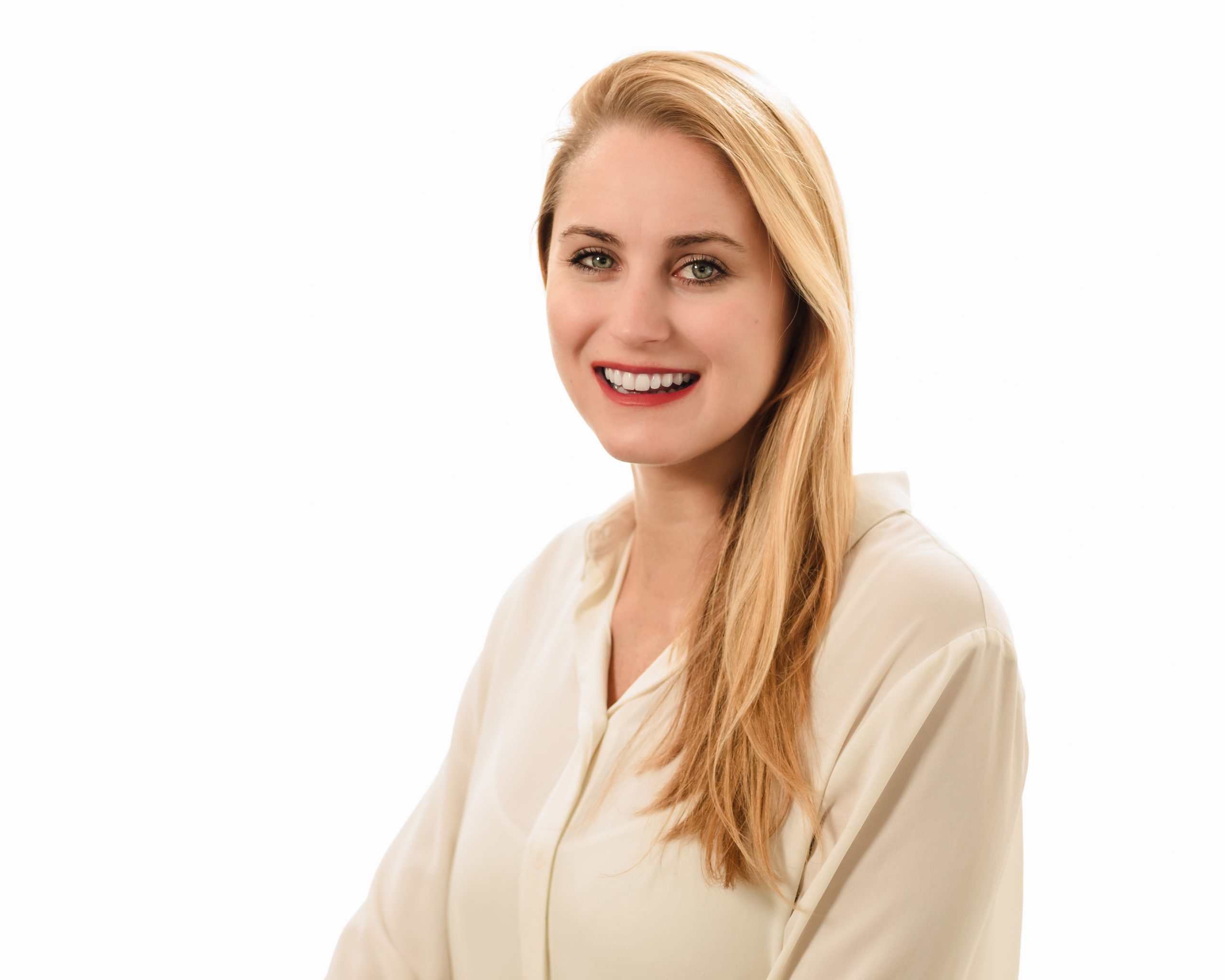A visit is universally defined as a singular visitor or user on a website. However, different platforms use varying parameters and terms when reporting visits. For example, Adobe Analytics and Google Analytics differ in how each counts traffic.
The following should help you better understand how to report visits by analytics platform:
Adobe Analytics
Adobe Analytics recognizes a new visit as whenever one of these instances occurs:
- New activity begins in a new browser
- Additional tabs within the same browser do NOT count as unique visits.
- 30 minutes of complete inactivity
- A user can close a tab—or even restart their computer—then reopen a tab in the same browser within 30 minutes and this will still count as the same visit!
- New activity occurs on a new platform or device
- More than 12 hours of activity
- A visit will continue into the next day if the above parameters are met. Further, the visit would occur for each time it took place—if a visit took place from 11:55 p.m. on June 1 to 12:05 a.m. on June 2, Adobe Analytics will count for both of those days when reporting at a daily granular level.
- More than 2,500 hits in the same location (browser, tab, device, etc.) within 12 hours.
- Adobe Analytics will not count a new visit if the campaign source or referring domain changes; it retains its original referral source for the visit period.
Visits End When:
- Click volume indicates potential bot activity, preventing a new visit.
- More than 100 hits detected in 100 seconds
- Manually terminated visits are not counted.
Google Analytics
Google Analytics defines a Session (same as a “visit” in Adobe Analytics) as the period of time a user is active on a site or app.
- New sessions are registered starting at 12 a.m. the following day.
- New sessions begin when the campaign source or referring domain changes.
- Users that leave a site and return within 30 minutes are counted as part of the original session.
- Manual session override allowed via the use of Session Control.
- The three outlier detection methods used in Adobe Analytics logic do not account for bot activity (i.e., more than 12 inactive hours, 2,500 hits, or 100 hits in 100 seconds).
When Google Analytics Sessions End:
- Sessions expire each day at 11:59 p.m.
- By default, if a user is inactive for 30 minutes or more, any future activity is attributed to a new session.
What Does This Mean for Me?
- You will need to manually filter out bots in Google Analytics (unless configuration options are already set up to exclude bots and spiders).
- Daily visits in Adobe Analytics are not mutually exclusive—a visit can stay continuous across multiple days. This means the total visit count could be less than the sum of the daily visit counts. In Google, session count and the sum of the daily session counts are the same (visits always end at 11:59 p.m.).
- You should configure each platform to use the same Time Zone. Google Analytics will end your session at 11:59 p.m. for the set Time Zone.
- The free version of Google Analytics will provide sampled data if the dataset includes more than 500k sessions within a given date range. Make sure your reports are unsampled.
Keep an eye out for future blog posts about the key differences between web analytics platforms.
And if your business is considering a transition to Google Analytics 4, now’s the time! Here’s an overview of GA4 benefits:
Why Your Business Needs Google Analytics 4 (GA4)
Contact Evolytics for more information. We’ve got the expertise to lead you in the right direction with your analytics reporting:
